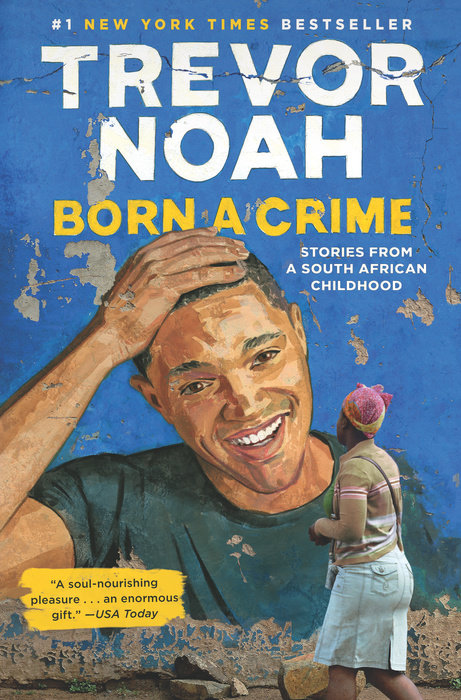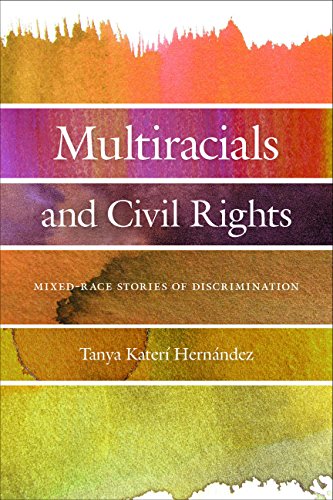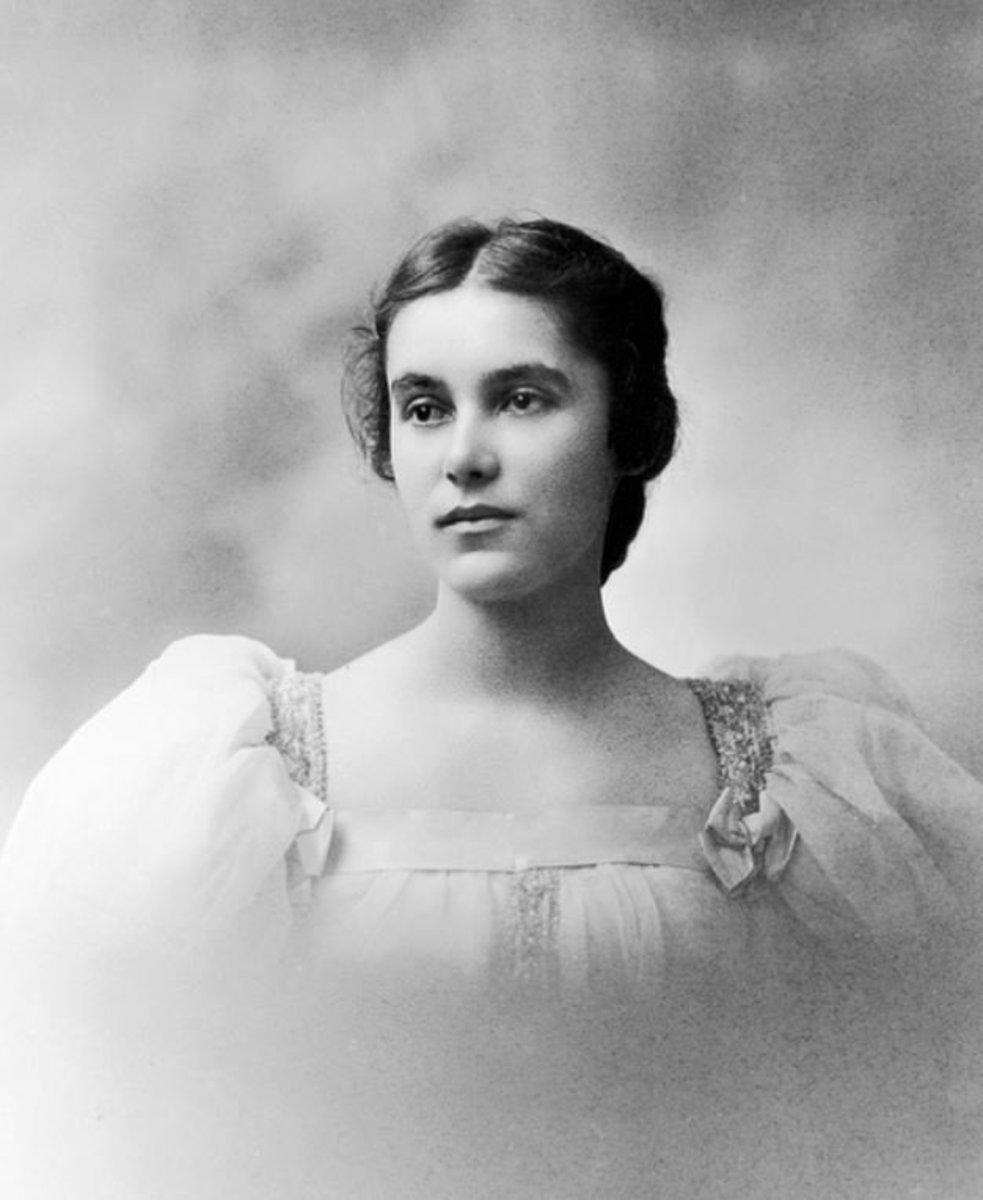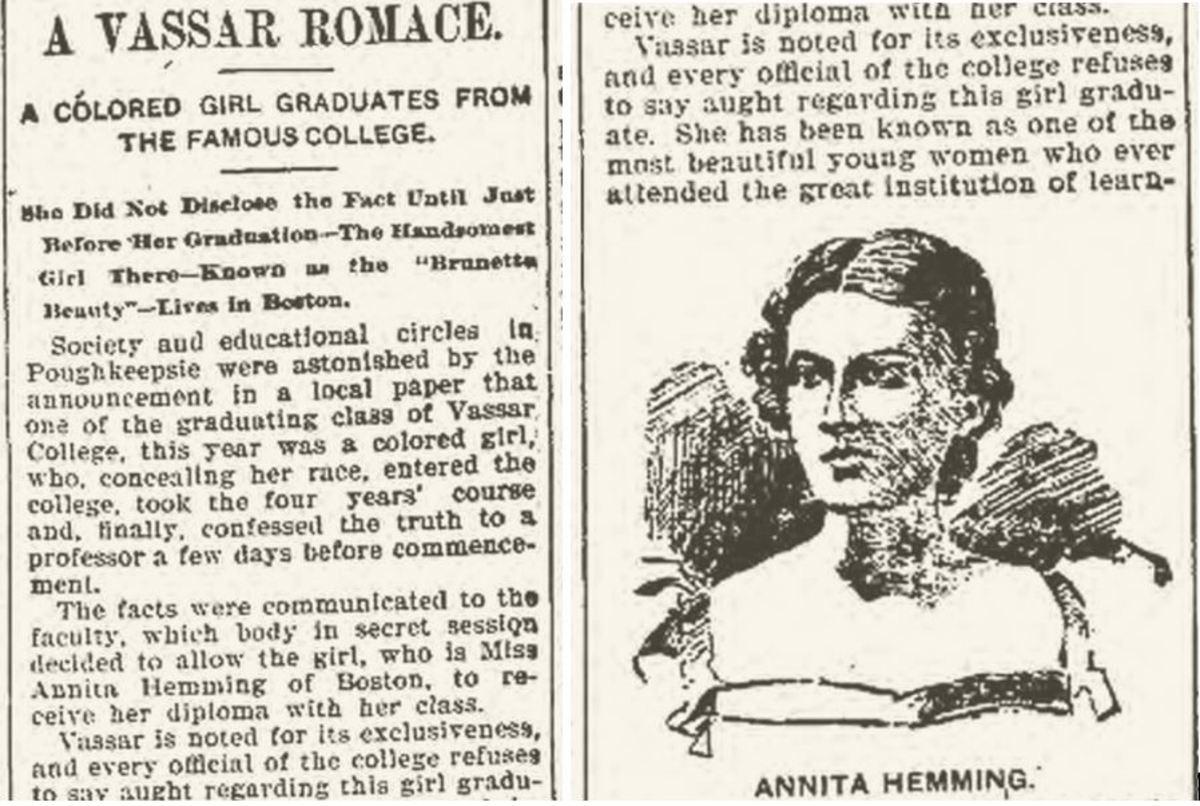Slavery graphic novel goes to schools to shed light on Scots historyPosted in Articles, History, Media Archive, Slavery, Teaching Resources, United Kingdom on 2018-08-21 03:05Z by Steven |
Slavery graphic novel goes to schools to shed light on Scots history
The National
2018-08-09
 The work is an ‘ambitious collaboration’ between independent publisher BHP Comics and Glasgow University |
EVERY third year pupil in Scotland is to be schooled on Scotland’s slave past thanks to a new graphic novel.
As many as 12,000 copies of Freedom Bound, which draws from research into slavery in the 1700s, are to be distributed around the country within weeks.
The work is an “ambitious collaboration” between independent publisher BHP Comics and Glasgow University, with illustrations from veteran artist Warren Pleece, whose credits include DC Comics and 2000AD.
The result is 144 pages that tell the stories of three people brought to Scotland to serve white masters…
…Launching the online archive in June, Professor Simon Newman of Glasgow University, who worked on Freedom Bound, said the loss of slave stories from the national memory had been “accidental”, telling The National: “Because there weren’t huge numbers of these people, because they formed relationships with the white population, they just disappeared.
“I suspect there are a good number of us who have African DNA.”
Read the entire article here.





